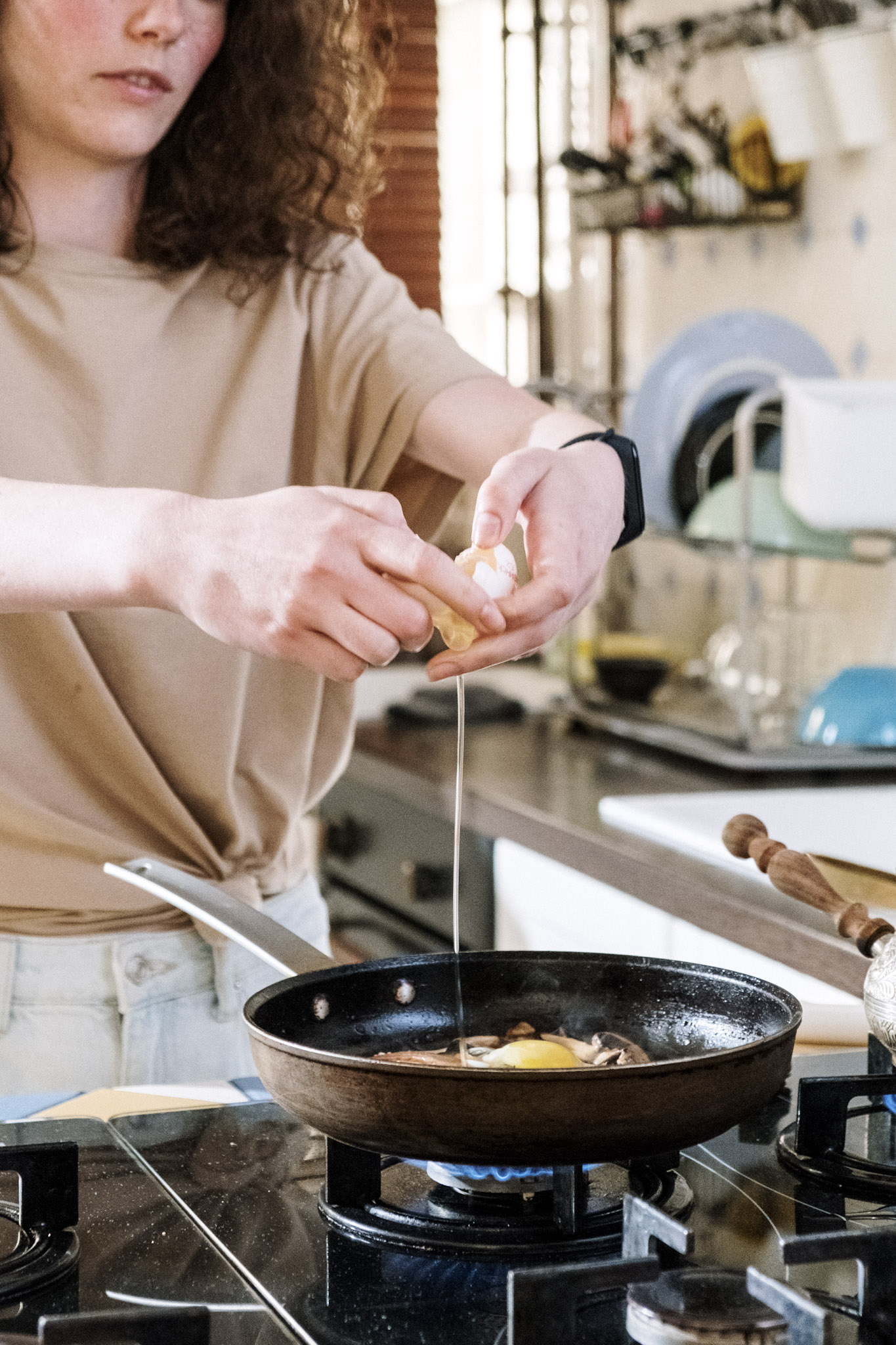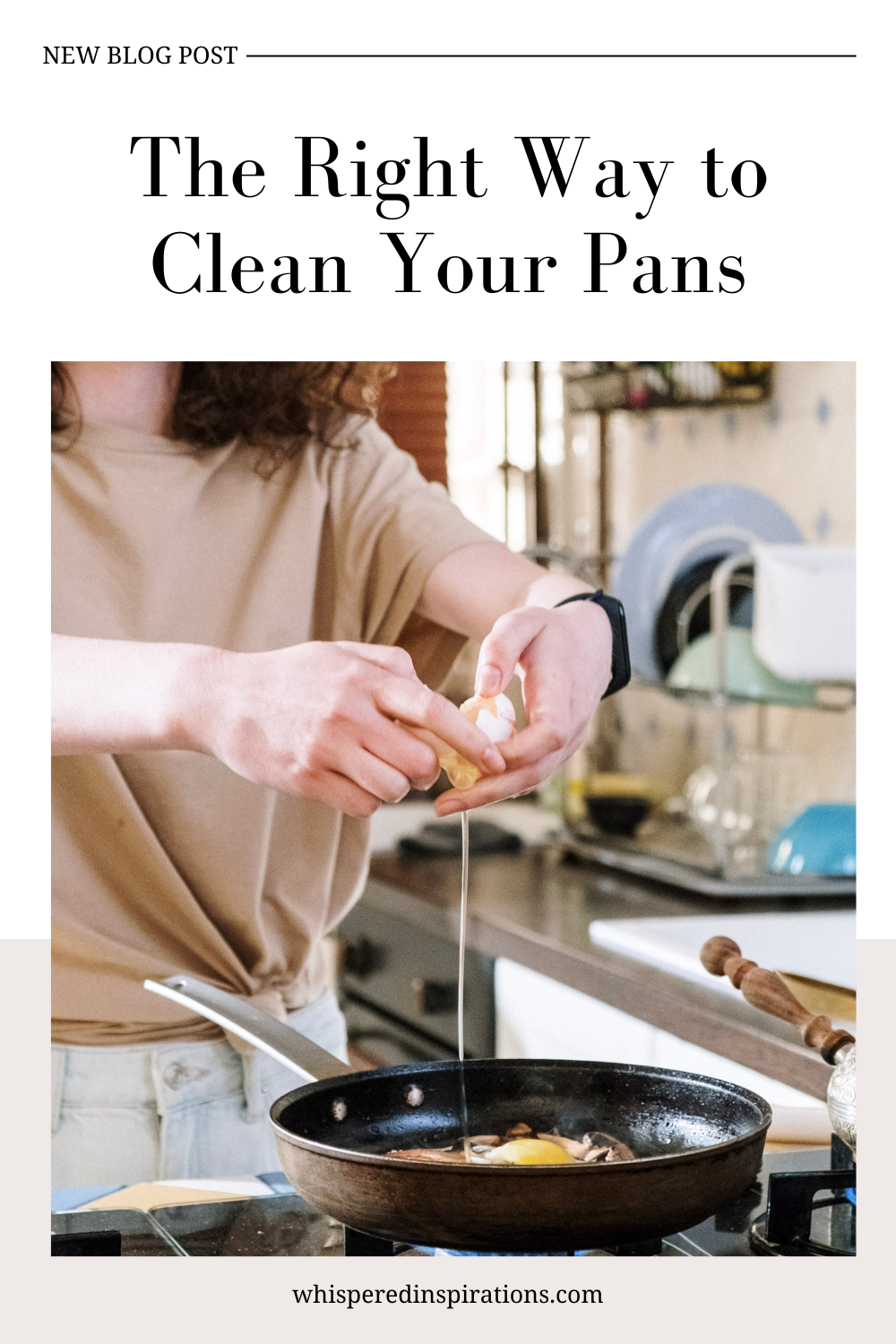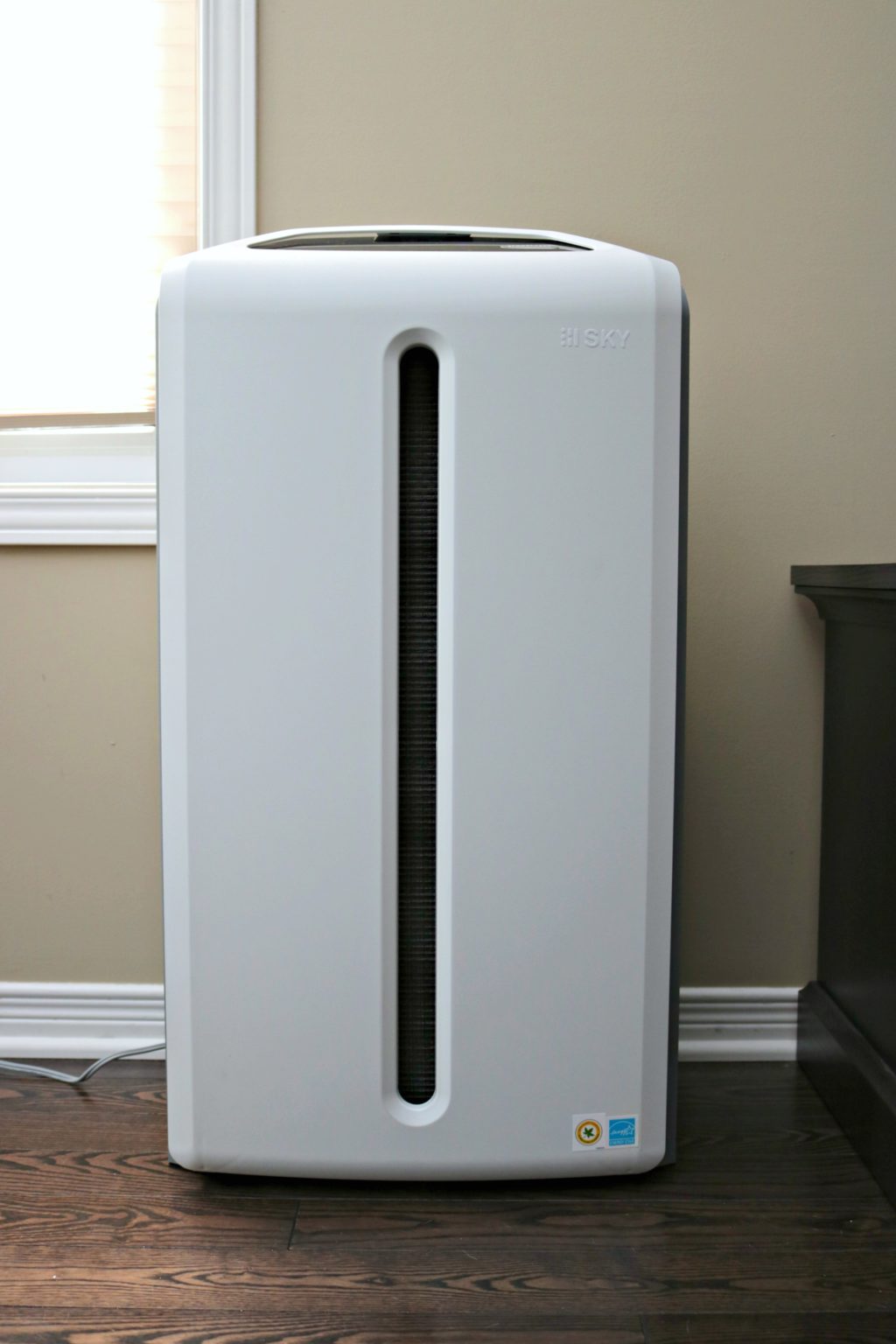Here’s the Right Way to Clean Your Cooking Pans

The Right Way to Clean Your Cooking Pans
Do you immediately place your hot pan in the sink after you’ve used it? While it may seem like a way to keep clutter off your counter, soaking a just-used pan in cold water can actually damage the vessel.
The sudden change in temperatures can cause “thermal shock.” It may make the material expand and contract until it is completely warped.
While you won’t notice these changes right away, consistently exposing your pan to these extremes will eventually cause it to break or become unfit for cooking.
Proper care of your cooking pans is important, not just so that you can use them for a long time, but also to ensure that they are safe to use.
A damaged pan can cause food to cook unevenly, release toxic compounds, or even become a fire hazard.
To maintain the integrity of your cooking pans, there are certain steps you need to follow to clean them properly.
Here’s the right way to clean your cooking pans.
Let the Pan Cool to Room Temperature
It might seem counterintuitive, but letting your pan cool first to room temperature helps with the cleaning process.
It also prevents thermal shock and ensures that your cooking pan will last longer.
If you’re pressed for time, you can hasten the process by investing in a high-quality range hood. This removes smoke and fumes from your stovetop, which can help cool your pan faster.
A general rule of thumb when buying a range hood is to find one that covers your entire cooking area.
This ensures that all fumes are properly captured by your hood.
Soak for a Few Hours
Regardless of what you were cooking, it’s a good idea to soak your pan in the sink for at least three to four hours after it’s cooled to room temperature.
This is especially important if you were frying meat, as there will most likely be congealed oil on the pan.
Soaking the pan for a few hours will loosen any burned bits that have hardened on the surface and make scrubbing it so much easier after.
In general, you can soak your pan in just plain water.
However, for stubborn stains, you can add equal parts vinegar to your water soak. To maximize this vinegar-and-water soak, you can also use it to wash your cooking range.
Lightly dab your cleaning cloth into the solution and gently wipe your stovetop, focusing on the area around the burner.
Scrub Gently
By now, it should be easy for you to scrape off any debris from your pan. Nevertheless, if there are still pieces that are difficult to remove, resist the urge to over-scrub your pan.
Not only will this hurt your hands, but it may also damage the upper layer of the protective coating on your pan.
Instead, there are less damaging alternatives that you can consider.
One favorite kitchen tip is to use baking soda. Sprinkle two tablespoons of baking soda into your pan and add just a few more teaspoons of hot water to form a paste.
Begin scrubbing this paste against the residue with crumpled aluminum foil until all the burnt debris lifts off. Then clean with soapy water.
Never use bleach to clean your cooking pan.
While the chemical is effective for treating stains, it can also seep into the layers of your cooking pan and be absorbed into your food in later cooking sessions.
Always Use the Right Cookware for Your Stove Top
Using the right cookware for your specific stovetop can help with the cleaning process. Especially as you reduce the likelihood of burned debris forming on the pan.
Not only that, but some cooking pans are simply not compatible with certain cooking ranges and may immediately break if used incorrectly.
For example, if you prefer an induction cooker, look for pans made of magnetic stainless steel, cast iron, or nickel.
These materials are appropriate for induction cooking and help disperse the heat evenly, ensuring that your food is cooked properly.
Do not use pans made of ceramic, copper, or aluminum on your induction cooker, as they will not work.
If you’re unsure what your pan is made of, it may be a good idea to purchase a new set. This will ensure that your cooking vessels are appropriate for the cooking range you use.
You May Also Like:
- How to Benefit from Cooking Classes to Become a Culinary Master
- 6 Creative Ways to Organize Your Cooking Utensils
- 3 Romantic Gourmet Dinner Ideas for a Perfect Valentine’s Day At Home
- 4 Ways to Love Cooking at Home
In general, stainless-steel cookware is great for everyday cooking and multitasking. Though it is more prone to sticking, which may make the cleaning process harder.
On the other hand, ceramic cookware typically has a non-stick surface but is more susceptible to scratches and usually has a shorter life span.
Do your due diligence and research the right cookware for your stovetop. Consider your specific cooking needs and habits.
Don’t feel obligated to buy an incredibly expensive set if you are only planning on cooking once a month.
Buying the right cookware will make cooking a much more enjoyable experience and make the cleaning process faster and more efficient as well.
Regardless of which cooking pan you decide on, never ever transfer a hot pan immediately to your sink!
This is the quickest way to damage your pan. It will hurt your wallet as you’ll need to buy a new one.
Do you think these are the right way to clean your cooking pans?
Let me know, til then—cheers m’deres!

PIN FOR LATER:

Nancy Polanco is a freelance journalist, lifestyle content creator, and editor of Whispered Inspirations. She is a proud Mom to Gabby and Michaela and partner and best friend to Darasak. Having worked as part of a health care team for almost a decade, Nancy is happy to be back to her passion. She is a contributor to the Huffington Post, TODAY’s Parents, and an Oprah Magazine Brand Ambassador.






